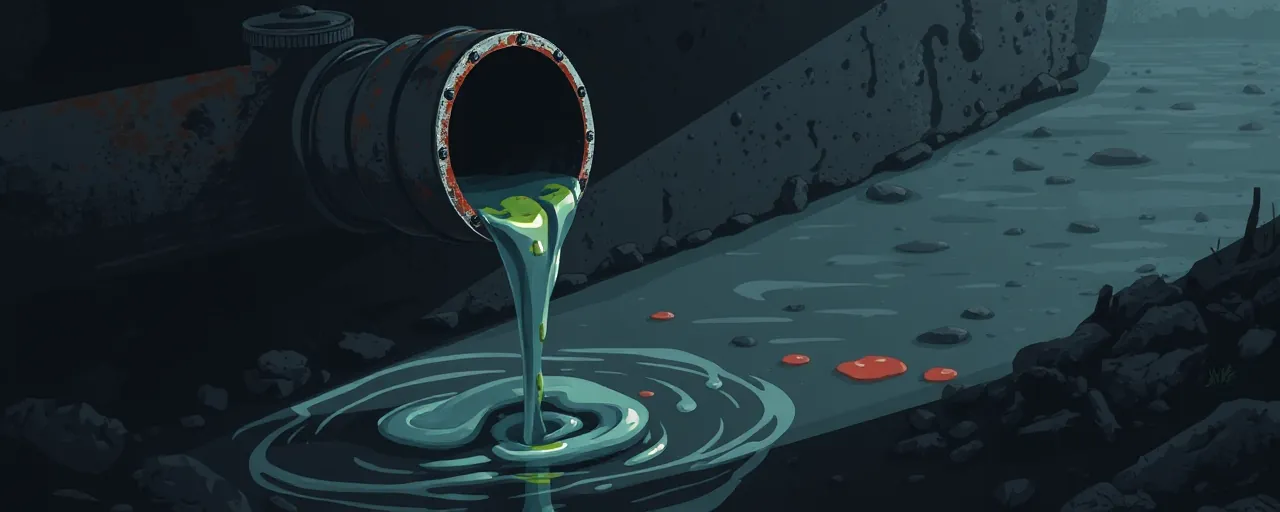A Sudden Shift in Alabama
The Department of Justice recently closed an environmental justice case in Lowndes County, Alabama, a decision that caught many by surprise. The case, rooted in years of investigation into systemic issues like inadequate sanitation and pollution, aimed to address disparities that hit hardest in underserved areas. Residents had hoped for tangible improvements, from cleaner water to better infrastructure. Now, with the case shut down, those expectations hang in limbo, leaving people wondering what comes next for communities long grappling with environmental challenges.
This move stems from a broader policy change within the federal government, specifically tied to an executive order signed earlier this year. The order, issued by President Donald Trump, directs agencies to eliminate programs tied to diversity, equity, and inclusion, including those labeled as environmental justice. For Lowndes County, a place where raw sewage and contaminated water have plagued neighborhoods for decades, the closure feels like a step backward to some, while others see it as a necessary recalibration of federal priorities.
The Policy Behind the Decision
At the heart of the DOJ’s action is Executive Order 14151, which took effect in January 2025. The directive calls for a sweeping end to initiatives perceived as favoring specific groups over broader national interests. Supporters argue it ensures fairness by removing what they view as preferential treatment in federal programs. Harmeet Dhillon, Assistant Attorney General for the Civil Rights Division, emphasized that resources should focus on serving all Americans equally, without what she described as arbitrary distinctions.
Yet the decision has stirred unease among those who see environmental justice as a critical tool for addressing historical inequities. In places like Lowndes County, where low-income residents face disproportionate exposure to pollution, such programs offered a lifeline. Advocacy groups point to data showing that marginalized communities often bear the brunt of environmental hazards, from toxic waste to poor air quality. They argue that dismantling these efforts risks widening gaps in health and opportunity.
Voices From the Ground
Local leaders in Alabama have voiced frustration, noting that the DOJ’s closure halts progress on issues that have lingered for generations. Community organizers, who spent years pushing for federal attention, worry that without intervention, problems like untreated sewage will persist, threatening public health. One resident, speaking at a recent town hall, put it plainly: 'We’re not asking for special treatment, just a fair shot at clean water.' Their concerns echo broader anxieties about how federal policy shifts affect real-world conditions.
On the other side, some policymakers defend the administration’s approach, arguing that federal overreach often complicates local solutions. They contend that states and counties are better equipped to handle environmental challenges without what they call bureaucratic red tape. In Alabama, for instance, officials have pointed to ongoing state-led efforts to improve sanitation, suggesting that federal programs sometimes duplicate work already underway.
Legal and Social Ripples
The DOJ’s decision isn’t happening in a vacuum. Across the country, advocacy groups and municipalities have filed lawsuits challenging similar terminations of environmental justice initiatives. These cases argue that abruptly ending congressionally approved programs violates legal processes and shortchanges communities relying on those funds. Federal courts have stepped in, issuing temporary orders to pause some of these closures while debates unfold. The legal back-and-forth underscores a deeper tension: balancing national policy goals with local needs.
Historically, environmental justice gained traction in the 1990s, when federal agencies began recognizing that pollution disproportionately harms certain groups. Programs like Justice40, launched in recent years, aimed to funnel resources to those hit hardest by environmental damage. Critics of the current rollback warn that abandoning these efforts could unravel decades of work, while supporters insist that streamlining government programs benefits everyone in the long run.
Looking Ahead
For now, the closure of the Lowndes County case leaves more questions than answers. Residents, advocates, and policymakers alike are grappling with what this means for the future of environmental equity. Will state and local efforts fill the gap left by federal withdrawal, or will communities continue to struggle under the weight of systemic challenges? The debate is far from settled, and court rulings in coming months could shift the landscape again.
What’s clear is that the conversation around environmental justice touches on issues that matter to everyone: clean air, safe water, and a healthy place to live. As the nation wrestles with how to achieve those goals, places like Lowndes County remain a stark reminder of the stakes. People there, and in similar communities, aren’t just navigating policy changes; they’re living with the consequences every day.
